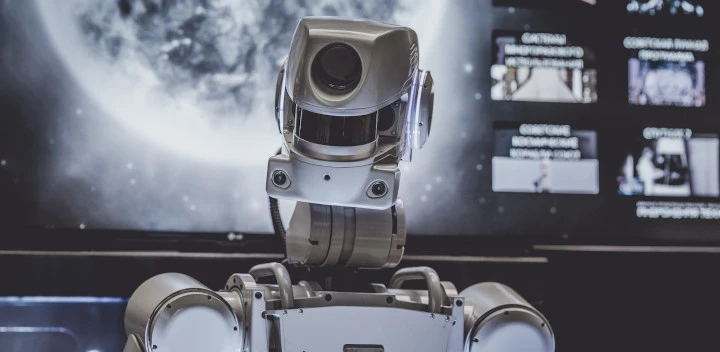AI, AI-Models, Machine Learning and Deep Learning: A Clear Guide to Understanding

What is AI?
Artificial Intelligence (AI) signifies a transformative advancement in computer science, enabling machines to undertake tasks that require human-like intelligence. Utilizing artificial neural networks, AI systems learn and solve complex problems, eliminating the need for conventional software development. In AI-Vision, this capability allows machines to interpret and understand visual data, paralleling human visual perception.
AI-Models: Specialized Applications of AI
Imagine AI as a vast kitchen. AI-Models are the diverse recipes in this kitchen, each crafted for a specific culinary task. These models use artificial neural networks to process and analyze data, learning to perform tasks such as language translation or strategic gameplay. In AI-Vision, these models are developed for visual tasks, like recognizing and categorizing objects in images or videos. This ability stems from training the AI with large datasets, allowing it to learn and identify patterns in visual inputs.
Machine Learning: The Chef Training AI-Models
Machine Learning (ML) is the process of training AI-Models. It’s like teaching a chef to refine their cooking skills through experience. ML algorithms enable AI systems to learn from data, improving their performance and decision-making abilities. In traditional AI, this equates to a chef predicting customer preferences. In AI-Vision, it’s like a camera learning to recognize and interpret different visual elements, enhancing its image processing capabilities.
Deep Learning: Mastering the Culinary Art of AI
Deep Learning (DL), an advanced segment of ML, is the master chef of the AI kitchen. It uses multi-layered neural networks to handle complex tasks involving vast data. In general AI, Deep Learning powers sophisticated tasks like natural language processing. In AI-Vision, it’s equivalent to processing intricate visual data for advanced tasks, such as real-time navigation in autonomous vehicles, much like a master chef adeptly managing a multi-tiered kitchen operation.
Conclusion: The Expansive World of AI and AI-Vision
AI, underpinned by neural networks, has revolutionized the way machines perform tasks that mimic human capabilities. Machine Learning is the method through which AI-Models are trained and developed, continually improving and adapting. Deep Learning tackles the most complex challenges in this domain. Together, they enable AI-Vision systems to not only see but also understand and interact with the visual world in intricate and sophisticated ways.